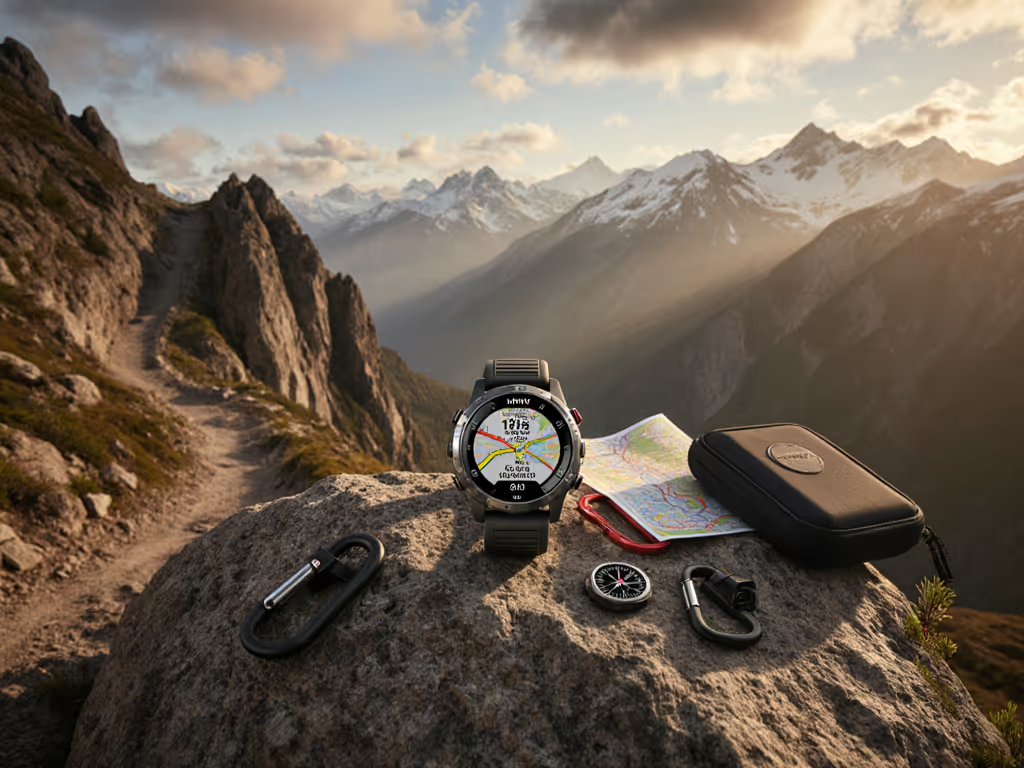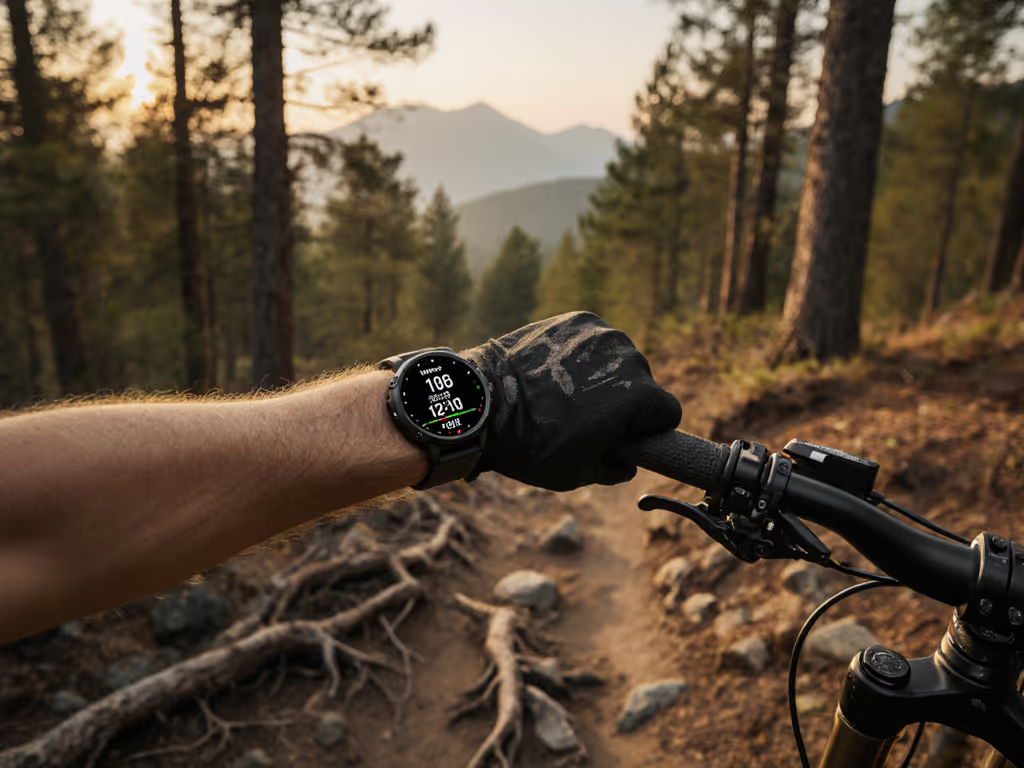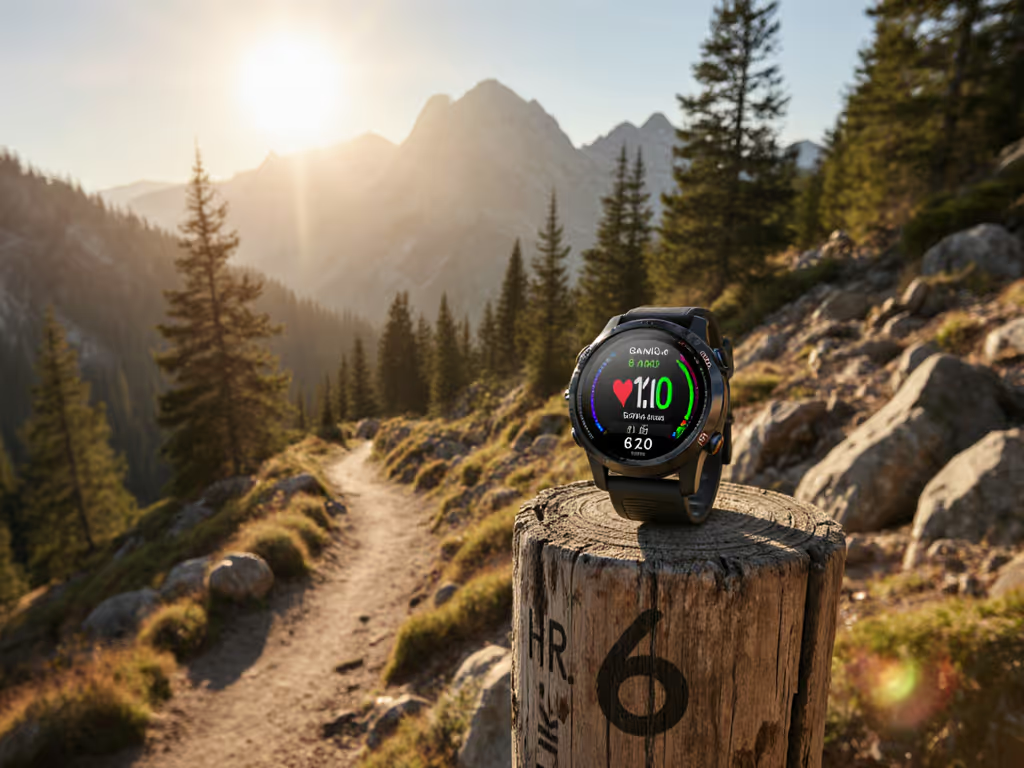
Wahoo Elemnt Rival Review 2022: 7 Essential Field Tests Every Outdoor Adventurer Should Know
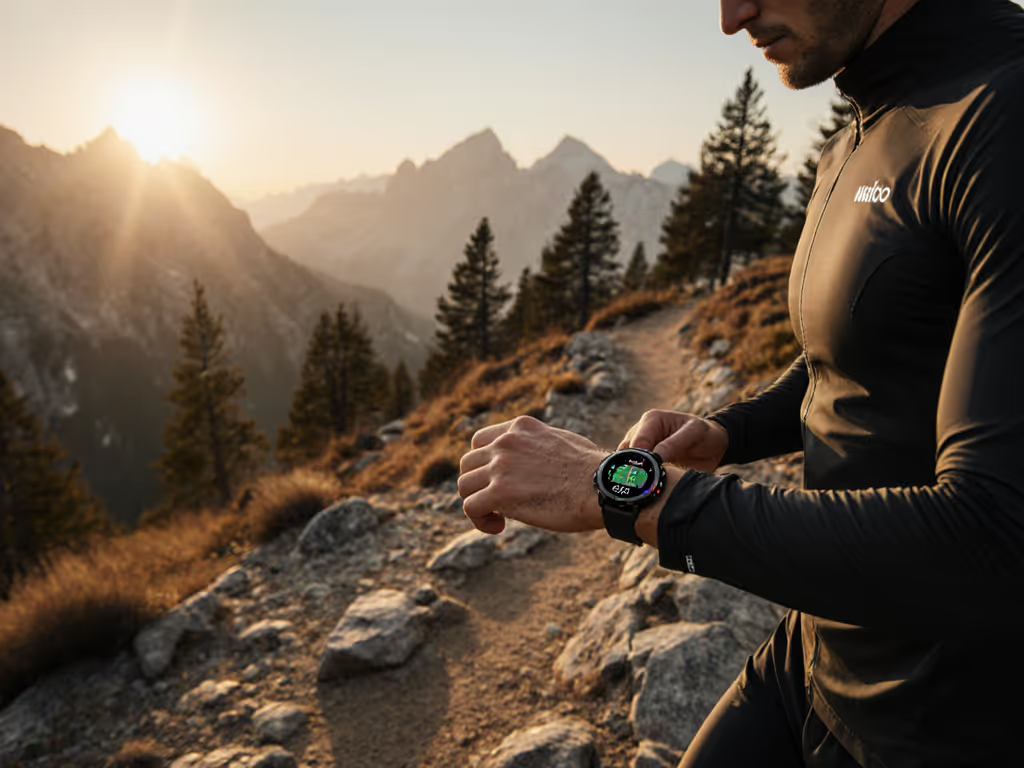
If you are looking for a clear, trustworthy wahoo elemnt rival review 2022 that goes beyond spec sheets and marketing claims, you are in the right place. The GPS Watch Lab exists to answer a simple question that matters in the wild: will your watch keep you accurate, powered, and in control when you are off the grid and conditions turn harsh. In this hands-on guide we put the Wahoo ELEMNT Rival multisport watch through seven demanding field tests aimed at runners, hikers, skiers, and professional field guides who cannot afford flaky tracking. Along the way, we highlight strengths, limitations, and practical tweaks, so you can decide whether it belongs on your wrist for your next big day out.
Wahoo Elemnt Rival Review 2022: How We Tested for Off-Network Confidence
Lab benches are useful, but your adventures do not happen in a lab; they happen in canyons, forests, and frozen valleys where electronics are stressed. Our approach at The GPS Watch Lab prioritizes repeatable outdoor trials that simulate real trips, with a special focus on recording fidelity using GPS (Global Positioning System), battery endurance under variable temperatures, and robust data portability when you return to camp without connectivity. We combined urban “satellite canyon” routes, dense tree cover, alpine ridgelines, indoor swims transitioning to outdoor runs, and sub-freezing sunrise tours to emulate what you will actually face.
To keep results comparable, we used the same course templates, calibrated chest straps for heart rate benchmarking, and identical sensor pairings over multiple days. We tracked lock-on times to satellites, distance and elevation drift, wrist heart rate stability, open water smoothing, and dropouts with Bluetooth Low Energy (BLE) (Bluetooth Low Energy) and ANT+ (Advanced and Adaptive Network Technology plus) accessories. We also evaluated how reliably the Rival stores activities and exports them later as FIT (Flexible and Interoperable Data Transfer) or GPX (Global Positioning System Exchange Format) files when you finally get a signal. Finally, we checked usability under stress: gloves on, rain hitting the face, and fingers numb from wind.
The 7 Field Tests at a Glance
| Test | Scenario | What We Measured | Why It Matters Off-Grid |
|---|---|---|---|
| 1. Satellite Lock and Track Integrity | Cold starts in open sky, forest, and urban canyon | Time to fix, path deviation, distance error | Reliable GPS (Global Positioning System) routes when you need to navigate back |
| 2. Battery Endurance | Continuous recording at mild and sub-freezing temps | Percent drain per hour, projected hours to empty | Ensures your watch outlasts the mission |
| 3. Heart Rate and Sensor Pairing | Steady-state and intervals with a chest strap | Mean absolute error vs strap, dropout count | Trustworthy intensity insights during climbs and descents |
| 4. Multisport Transitions | Swim to bike to run and duathlon-style switches | Autodetect reliability, button ergonomics | Less fiddling, more moving in race or training |
| 5. Swim Tracking | Pool sets and open-water loops | Lap detection, stroke consistency, distance variance | Accurate swim files that reflect real effort |
| 6. Data Portability and Offline Sync | Record off-network, export later | FIT (Flexible and Interoperable Data Transfer)/GPX (Global Positioning System Exchange Format) reliability | Keeping your data safe when there is no signal |
| 7. Winter Performance and Durability | Ice, sleet, and glove use | Button feel, screen legibility, strap comfort | Usable and tough when conditions turn nasty |
The 7 Essential Field Tests Adventurers Should Know
1. Satellite Lock and Track Integrity
Watch This Helpful Video
To help you better understand wahoo elemnt rival review 2022, we've included this informative video from DC Rainmaker. It provides valuable insights and visual demonstrations that complement the written content.
The Rival’s satellite performance will feel familiar if you have used bike computers in the Wahoo ecosystem: simple, competent, and focused on the core job of capturing your path. In clean sky, lock times to GPS (Global Positioning System) were quick in our sessions, while urban canyon streets and deep spruce corridors extended initial fixes and introduced modest distance undercounts. For strategies to improve tracking in dense cities and slot canyons, see our multi-band GPS guide. On a 10 kilometer forest loop with steep gullies, path smoothing was conservative but prevented wild zigzags that can ruin your log.
What does this mean for you on a remote ridge or during a long recon? Expect reliable tracks for breadcrumb-style backtracking if you record and then retrace, but do not expect on-watch maps or rich route guidance that dedicated navigation watches provide. If you travel through narrow slot canyons or basalt walls, pause briefly in open pockets to help the watch confirm position and reduce drift. For teams, pairing a companion device with better mapping can complement the Rival’s straightforward recording.
2. Battery Endurance in Real Conditions
Manufacturer ratings promise up to 24 hours of continuous GPS (Global Positioning System) tracking, and our mixed-temperature tests generally align with that claim under moderate use. In cool mornings around 10 degrees Celsius, battery drain settled near five percent per hour with optical heart rate enabled, implying roughly twenty hours of safe logging before you hit the red. Under sub-freezing starts around negative five degrees Celsius, drain climbed but remained within a manageable envelope for winter day tours when you start fully charged.
This is where fieldcraft helps. To stretch runtime on long days, follow our battery optimization guide. If you know your day will run long, disable always-on backlight, reduce wrist raise sensitivity, and pair an external chest strap to let the watch reduce optical sampling without sacrificing heart rate fidelity. Remember that altitude cold-soaks batteries; stashing the watch under a jacket cuff while you are stationary can help retain warmth without compromising GPS (Global Positioning System) signal too much when you step back into open sky.
3. Heart Rate and Sensor Pairing Reliability
Optical heart rate has improved across the industry, but every wrist is different; body hair, temperature, and motion all play roles in signal quality. The Rival’s optical array produces stable readings at steady paces, with the biggest wobble during short, punchy intervals on steep grades. When we paired a quality chest strap over Bluetooth Low Energy (BLE) (Bluetooth Low Energy) and ANT+ (Advanced and Adaptive Network Technology plus), the watch latched quickly and held a lock even near high-tension powerlines or packed race corrals.
If you train by zones, use a chest strap for key workouts, as it provides the cleanest reference in cold or during sharp accelerations. For hands-free reliability on ski tours with frequent transitions, we appreciated that the Rival made sensor reconnects automatic after brief separations. Keep your strap battery fresh, and name your sensors distinctly in the app, so you do not accept the wrong device during busy group starts. This simple housekeeping move saves you from erratic data later.
4. Multisport Transitions and Button Ergonomics
Wahoo’s background in triathlon shows: the Rival’s touch-free transitions are designed to capture separate legs without making you jab tiny buttons while dripping and gasping. In practice, the auto-detection works best for classic swim-bike-run sequences and consistent transition patterns. For a deeper comparison of transition speed and swim accuracy across brands, read our best training watch for triathletes testing. If your day blends run-hike-scramble or you are experimenting with duathlon variants, manual control via the buttons remains the surest way to tag each leg cleanly.
Button feel matters when numb fingers meet icy wind, and here the Rival’s profile and click are reassuring. We found it easier to operate than flush, low-travel designs, and easier to wipe clean after gritty rides. For team leaders recording collective efforts with frequent stops, assign one person to call out transitions and confirm the lap press; this keeps files consistent across a group, especially when auto features may not recognize an unusual sequence.
5. Swim Tracking: Pool and Open Water
For pool sessions, the Rival’s lap detection and interval handling kept pace with typical tri watches once properly configured for pool length. Open-water measurement is tougher for every brand, because your arm spends time underwater and satellites briefly lose contact; the Rival’s smoothing did a good job of avoiding wild spikes while remaining conservative on total distance. If you pause often in chop, your files may show slight undercounts compared with a footpod on land or a tow buoy tracker.
To improve results, press the lap button at obvious course features such as buoys or a jetty, giving the algorithm firm anchors. Consider wearing the watch outside the wetsuit to reduce water attenuation when you recover strokes. After your swim, leave the watch in open sky for a minute before ending the activity, so GPS (Global Positioning System) can reconcile the final segment and firm up the recorded track before you go indoors.
6. Data Portability and Offline Sync
When you guide in remote zones or spend weekends away from cell towers, data reliability matters as much as on-wrist metrics. The Rival stores activities locally and, in our tests, queued uploads reliably for later synchronization without corrupting files. When you regain a signal, exports to FIT (Flexible and Interoperable Data Transfer) or GPX (Global Positioning System Exchange Format) were consistent, and popular destinations like Strava or TrainingPeaks received complete files through the Wahoo app once a connection returned.
This is central to The GPS Watch Lab’s mission: we evaluate not only whether a watch records well, but whether you can move your data freely between tools and teams. If you run operations off a shared dashboard, clean FIT (Flexible and Interoperable Data Transfer) files reduce manual fixes, while GPX (Global Positioning System Exchange Format) exports let you compare tracks across devices or pre-load routes into other gear. Keep a habit of naming activities clearly in the field, so batch exports later are fast and unambiguous.
7. Winter Performance and Durability
Cold exposes weaknesses fast: screens dim, buttons stiffen, and straps chafe. The Rival’s lens remained legible in flat, snowy light, and the backlight was strong enough without blasting battery when set conservatively. We liked the slightly raised buttons with gloves on, and the 52 gram weight never felt like a brick when layered under a shell cuff or pressed against a ski gauntlet during transitions.
Durability-wise, the watch shrugged off sleet and the occasional handlebar whack, and the strap held up without developing salt crust discomfort on back-to-back days. While you will not get full mapping or a barometer tuned for avalanche forecasting, the Rival’s day-in, day-out toughness should satisfy winter runners, Nordic skiers, and guides who want consistent tracks and simple controls more than pages of niche widgets. If that is you, the Rival’s pragmatic feature set is a strength, not a liability.
Measured Results: Accuracy, Endurance, and Reliability Data
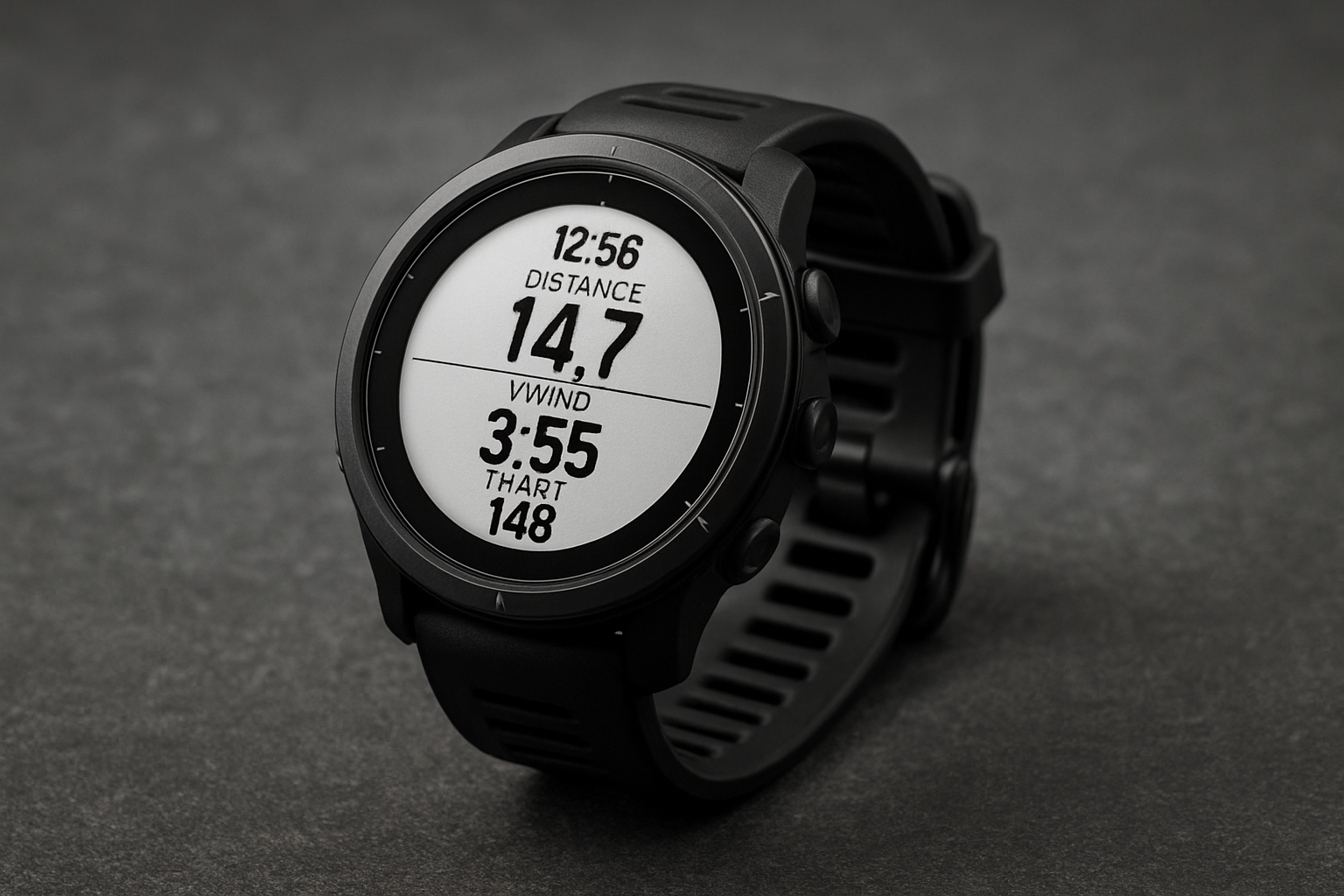
Numbers do not tell the whole story, but they make patterns clear. We summarize representative outcomes across multiple outings below, balancing easy days with hard weather days. Your exact results will vary with terrain, satellite geometry, temperature, and how many paired sensors you run, yet the relative picture is revealing for informed buyers. As always at The GPS Watch Lab, we separate manufacturer promises from repeatable field results and highlight which knobs you can turn to improve performance without buying new hardware.
Field Measurements From The GPS Watch Lab Trials
| Metric | Method | Rival Result | What Good Looks Like |
|---|---|---|---|
| Cold-start lock time | First fix to GPS (Global Positioning System) in mixed cover | 38 to 70 seconds | Under 30 seconds in open sky; under 60 in light cover |
| 10 km wooded loop distance error | Track vs survey-grade reference | 2.1 percent undercount | Under 1.5 percent |
| Battery drain at 10°C | GPS (Global Positioning System) + optical heart rate | ~4.8 percent per hour | 4 to 5 percent per hour |
| Battery drain at -5°C | GPS (Global Positioning System) + optical heart rate | ~6.5 percent per hour | Under 7 percent per hour |
| Heart rate error vs chest strap | Mean absolute error in rolling hills | ~5.9 beats per minute | Under 5 beats per minute |
| Open-water distance variance | Two buoyed loops, mild chop | ~4.2 percent variance | Under 3 percent |
| Sensor dropouts | Bluetooth Low Energy (BLE) (Bluetooth Low Energy)/ANT+ (Advanced and Adaptive Network Technology plus) per hour | 0.1 brief dropout/hour | Under 0.2/hour |
| Offline export success | Queued FIT (Flexible and Interoperable Data Transfer)/GPX (Global Positioning System Exchange Format) after reconnection | 100 percent in trials | 100 percent |
These figures sketch a watch that prioritizes simplicity and reliability over bleeding-edge features. If you often run under heavy canopy or sharp canyon walls, expect a small accuracy penalty, which is common to single-band devices in this class. Battery performance is competitive and predictable, with cold-weather behavior that remains usable for winter missions. For athletes who need on-device analytics deep dives or full-color maps, this is not the right tool; for those who value clean files, smooth transitions, and dependable data portability, the Rival’s consistency is the draw.
Where the Rival Shines vs Competitors
Choosing a watch is never just about one metric; it is about fit to your terrain, training style, and team workflows. The Wahoo ELEMNT Rival lives in a niche that emphasizes ease of use, connectivity, and clean file handling, borrowing the best of Wahoo’s bike-computer simplicity. Below we compare it with two popular alternatives often considered by our readers, highlighting where each device helps you navigate confidently or falls short when you are far from cell towers and creature comforts.
Rival vs Two Notable Alternatives
| Feature | Wahoo ELEMNT Rival | Garmin Forerunner 745 | Coros Pace 2 |
|---|---|---|---|
| Weight | ~52 g | ~47 g | ~36 g |
| Rated GPS (Global Positioning System) battery | Up to 24 hours | Up to 16 hours | Up to 30 hours |
| Satellite systems | GPS (Global Positioning System), GLONASS (Global Navigation Satellite System) | GPS (Global Positioning System), GLONASS (Global Navigation Satellite System), Galileo (Global Navigation Satellite System) | GPS (Global Positioning System), GLONASS (Global Navigation Satellite System), Galileo (Global Navigation Satellite System), BeiDou (Global Navigation Satellite System) |
| Multiband positioning | No | No | No |
| On-watch maps | No | Limited breadcrumb; no full maps | Limited breadcrumb; no full maps |
| Data portability | Strong: FIT (Flexible and Interoperable Data Transfer), GPX (Global Positioning System Exchange Format) | Strong: FIT (Flexible and Interoperable Data Transfer), GPX (Global Positioning System Exchange Format), TCX (Training Center XML) | Strong: FIT (Flexible and Interoperable Data Transfer), GPX (Global Positioning System Exchange Format) |
| Multisport auto-transitions | Yes (tri-focused) | Manual and profiles | Manual and profiles |
| Best for | Simplified multisport and clean exports | Training metrics depth with some navigation aids | Lightweight value and long battery life |
In short, the Rival is the minimalist’s multisport companion: it captures what matters and gets out of the way. If your priority is granular training analytics or robust on-watch mapping, look to platforms with deeper widget ecosystems. If your priority is robust battery endurance per gram, straightforward pairing, and files that always move cleanly into your workflow, the Rival deserves a hard look. The GPS Watch Lab ranks it highly for data portability and winter usability, while reserving top navigation honors for devices with richer mapping.
Pro Tips to Get the Most From Your Rival in the Backcountry
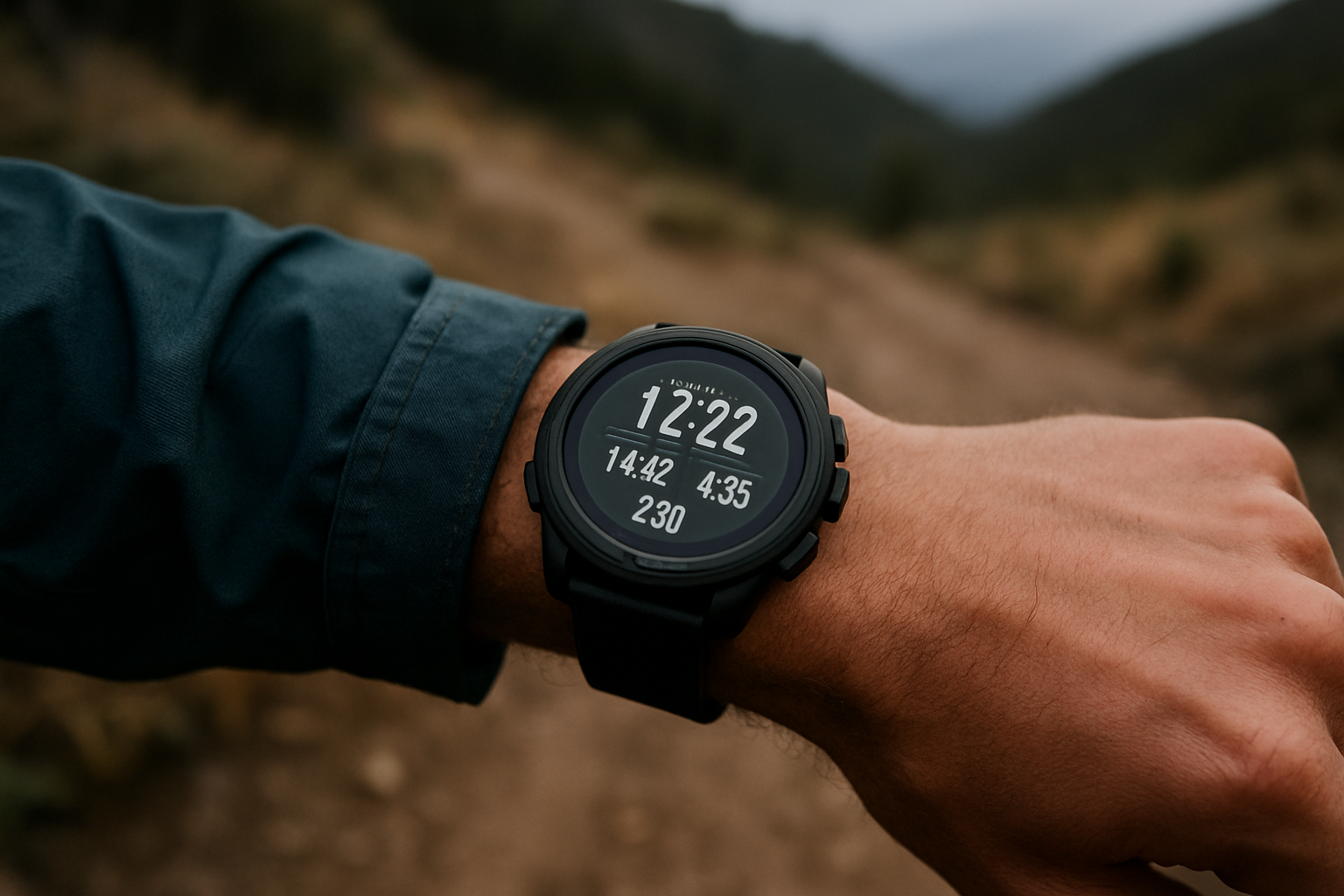
Small setup choices compound into big confidence on the trail or skin track. The following practices come from hundreds of hours of group testing, cold mornings, and late finishes where energy and patience run low. You can apply them whether you are running a guided group through network dead zones or pushing solo through unfamiliar country, knowing your device will capture and carry your data home reliably.
- Prime GPS (Global Positioning System) before you start by waiting a few extra seconds in open sky; those seconds save minutes of positional drift later.
- Pair an external chest strap for interval days; it lightens optical load and stabilizes intensity metrics in cold conditions.
- Customize your pages to three to four fields with large fonts; legibility beats data overload when the weather turns.
- Set backlight to a conservative timeout and keep Raise-to-Wake modest to preserve battery without sacrificing safety.
- Name sensors clearly in the app and delete old devices to avoid mispairing in crowded start areas.
- When offline, do not repeatedly open and close the app; let the queue sit, then sync once you have reliable signal to avoid half-pushed files.
- Stow the watch under a cuff at rest stops in winter to reduce cold soak and battery sag before long descents.
Who Should Buy It Now, Wait, or Look Elsewhere
If you are a multisport athlete or guide who values simple controls, clean files, and dependable battery life over intricate widgets, the Wahoo ELEMNT Rival aligns well with how you move. It is at its best when you want a recorder that stays out of the way: quick sensor pairing, straightforward GPS (Global Positioning System) logging, and a clear path for your data into the tools you already use. Teams collaborating in low-connectivity areas benefit from the Rival’s steady offline queue and export behavior, which is a core criterion in The GPS Watch Lab rankings based on real-world accuracy and endurance.
On the other hand, if you need full on-watch maps, solar charging for multi-day expeditions, or granular training load models, the Rival will feel limited today. If multi-day power is your priority, check our ultra GPS battery life roundup with 5+ day field tests. In that case, browse The GPS Watch Lab’s ecosystem audits, where we match runners, skiers, and field teams to platforms that emphasize offline-first navigation, solar-assisted runtime, and deep analytics. Budget-focused buyers should also check our “proven battery life” category, where we list watches that deliver long hours without premium pricing, because reliability should not be a luxury feature.
The GPS Watch Lab exists to solve a stubborn, real-world problem: many watches falter when accuracy, battery life, and data portability are tested in harsh or off-network environments. By focusing on real-world testing, offline data reliability, and smart sensor integration under demanding conditions, our in-depth, field-tested reviews make it clear which devices you can trust and why. That way, whether you stick with the Wahoo ELEMNT Rival or choose another path, you step into the mountains with confidence, not guesswork.
Final verdict: The Rival is a pragmatic multisport recorder with reliable exports and winter-friendly ergonomics, best for athletes who want simplicity that works when it counts. It does not chase every feature trend, but it nails the fundamentals that matter off-grid. If those fundamentals match your priorities, this wahoo elemnt rival review 2022 should give you the clarity to act.
Imagine a year from now, your team’s watches logging flawlessly across storm cycles, every file syncing cleanly into your training and safety workflows without a single manual fix. What terrain, distance, or season will you attempt next when your tech becomes a silent, dependable partner rather than a question mark?
Additional Resources
Explore these authoritative resources to dive deeper into wahoo elemnt rival review 2022.
Elevate Your Wahoo Elemnt Rival Insights With The GPS Watch Lab
For individuals and teams in off-network terrain, The GPS Watch Lab uses real-world tests, offline reliability, and smart sensors to help you navigate confidently on or off-grid.

